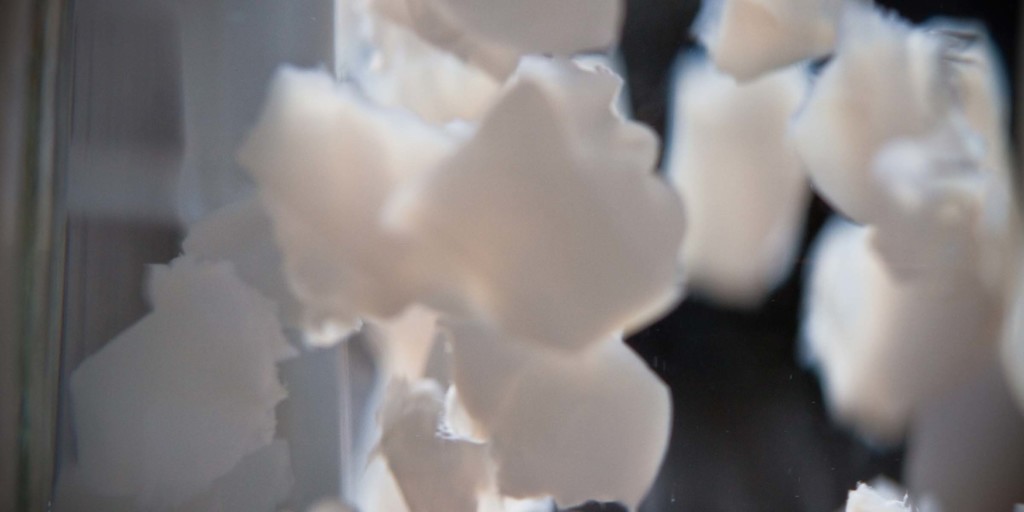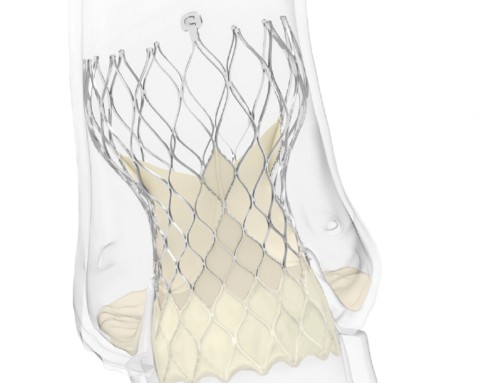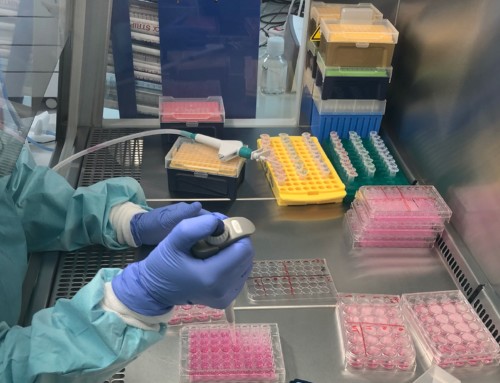
VentriGel
The results of a FDA-approved Phase 1 clinical trial indicate that a hydrogel (VentriGel, Ventrix) can be safely injected via catheter into patients who had a myocardial infarction in the past two to 36 months. The trial is the first to test a hydrogel designed to repair cardiac tissue, and it is also the first to test a hydrogel made from extracellular matrix (ECM). The results have been published in JACC: Basic to Translational Science.
VentriGel, once injected in damaged cardiac muscle, is designed to form a scaffold to acts as a reparative environment where healthy cells migrate—with the goal of leading to increases in cardiac muscle, less scar tissue, and improvements in heart function. According to a press release, the positive results of the trial are significant because ECM hydrogels have been shown in preclinical studies to potentially be effective for other conditions, such as poor blood circulation due to peripheral arterial disease.
Karen Christman (Department of Bioengineering, Sanford Consortium for Regenerative Medicine, University of California, San Diego, USA) and her colleagues invented VentriGel, which was then licensed from UC San Diego and developed by Ventrix (cofounded by CEO Adam Kinsey and Christman).
The hydrogel l is made from cardiac connective tissue taken from pigs, which is stripped of heart muscle cells through a cleansing process. It is then freeze-dried and milled into powder form, and then liquefied into a fluid that can be easily injected into heart muscle in a minimally invasive procedure that does not require surgery. Once it hits body temperature, the liquid turns into a semi-solid, porous gel.
The Phase 1 trial evaluated the gel in 15 patients who sustained moderate damage in the left ventricle chamber of the heart following a myocardial infarction. Each patient received up to 18 injections of VentriGel into the damaged region via catheter. Researchers followed the patients for six months after treatment. All patients completed the full follow-up. Twelve of the 15 patients were men. All 15 were experiencing mild to moderate heart failure following a heart attack. Half had suffered a heart attack within the past year.
Patients took a six-minute walking test as well as a heart function assessment and a heart health questionnaire before the injections. They retook the tests three and six months later. Additionally, patients underwent an MRI at three and six months after the procedures.
Christman comments: “Although the study was designed to evaluate safety and feasibility and not designed to show whether VentriGel effectively helps improve heart function, we observed some improvements in patients. For example, patients could walk longer distances. We also observed signs of improving heart function in patients who experienced a heart attack more than one year prior to treatment.”
Christman et al are planning a larger, randomised trial that will evaluate how effectively VentriGel can improve cardiac function and quality of life for patients experiencing heart failure.





